WATERVILLE — At a ceremony Friday marking the conclusion of an $11.2 million downtown revitalization effort, one of the most consequential projects Waterville has undertaken in memory, U.S. Sen. Susan Collins said the day was a milestone for a city that has seen “frequent adjustment, ambition and perseverance.”
Collins was joined at the ceremony outside the Lockwood Hotel by fellow U.S. Sen. Angus King, Colby College President David A. Greene, Mayor Jay Coelho and others.
In remarks to a crowd of about 50 people, she commended people in the city for “continually reshaping their home” and “making this great city even better.”

U.S. Sens. Angus King, center left, and Susan Collins, center right, join Colby College President David A. Greene, to left of King, and others at a ceremony Friday in downtown Waterville to mark the conclusion of the city’s two-year downtown revitalization project. Michael G. Seamans/Morning Sentinel
King said Waterville has long been a center of activity and economic vitality for Kennebec and Somerset counties. He praised Collins for securing a few years ago a $7.4 million federal BUILD grant to help fund the revitalization project. Securing such a grant, King said, is even “more difficult than getting into Colby.”
Colby President David A. Greene in his remarks emphasized the project was primarily about helping Waterville businesses thrive.
As part of that goal, Greene spoke about another Colby project downtown – the construction of the $18 million Paul J. Schupf Art Center adjacent to City Hall. The center is scheduled to open in about a month and is expected to be a popular downtown destination
Greene noted the various downtown properties that Colby has purchased in recent years and said that under their prior ownership, in 2014-2015, they were generating about $42,000 in taxes. But since Colby has redeveloped those properties, and agreed to pay market-rate taxes on them, Waterville will see approximately $500,000 in taxes generated next year, he said.
The ceremony was held near Main and Front streets, which were a primary focus of the revitalization efforts. Those two arteries were converted from one-way traffic patterns to two-way, which took effect overnight into Friday.
The change to the traffic pattern was delayed for two weeks because of drainage problems at a couple of intersections, but with those issues addressed work crews began moving cones, switching out traffic signs and taking other steps around 10 p.m. Thursday.

David A. Greene, president of Colby College, center, listens Friday as U.S. Sens. Angus King and Susan Collins speak to a crowd gathered for a ceremony at the Lockwood Hotel to mark the conclusion of Waterville’s $11.2 million downtown revitalization project. Michael G. Seamans/Morning Sentinel
Deputy Police Chief William Bonney said early Friday he had an extra officer posted downtown overnight and there were “no issues.”
While some cones are still in place to help guide vehicles in some spots, Bonney said “everybody was doing what they were supposed to be doing.”
City Manager Steve Daly echoed Bonney, saying that “so far everything is going smoothly.”
Daly said there were some details that still needed to be addressed, such as making sure parking signs were properly placed.
He explained that Main Street had not been a two-way avenue since the 1960s. The road was switched to one-way as part of a national trend in highway engineering at the time, he said, but two to three generations later there’s a trend in the opposite direction: slowing traffic to make downtowns pedestrian-friendly.
Another permanent change to downtown traffic patterns is that vehicles traveling along Main Street will not be able to make a left-hand turn near the Lockwood Hotel onto the Ticonic Bridge and into Winslow. Some Winslow residents have complained on a Facebook community page that the move complicates travel for them. Drivers in Waterville can still access the bridge from Spring and Water streets, and now from Front Street, too.

Daly explained that the change was necessary because 70% of vehicles traveling along Main were found to be crossing the bridge into Winslow, according to a traffic study released in 2017. He said Waterville officials wanted to decrease the volume of vehicles on Main Street headed that way, and to keep truck traffic passing through Waterville off Main, as well.
The revitalization effort took about two years and was undertaken by the city, Colby and the state Department of Transportation. It included improved walkways, lighting, landscaping and intersections. Colby has poured millions into not just the project but also other downtown investments beyond the Schupf center, such as the student residential complex on Main Street.
Editor’s note: This story was updated Sunday, Nov. 20, to correct Colby College President David A. Greene’s comment on taxes paid by Colby on downtown properties the college has purchased and redeveloped.
Send questions/comments to the editors.

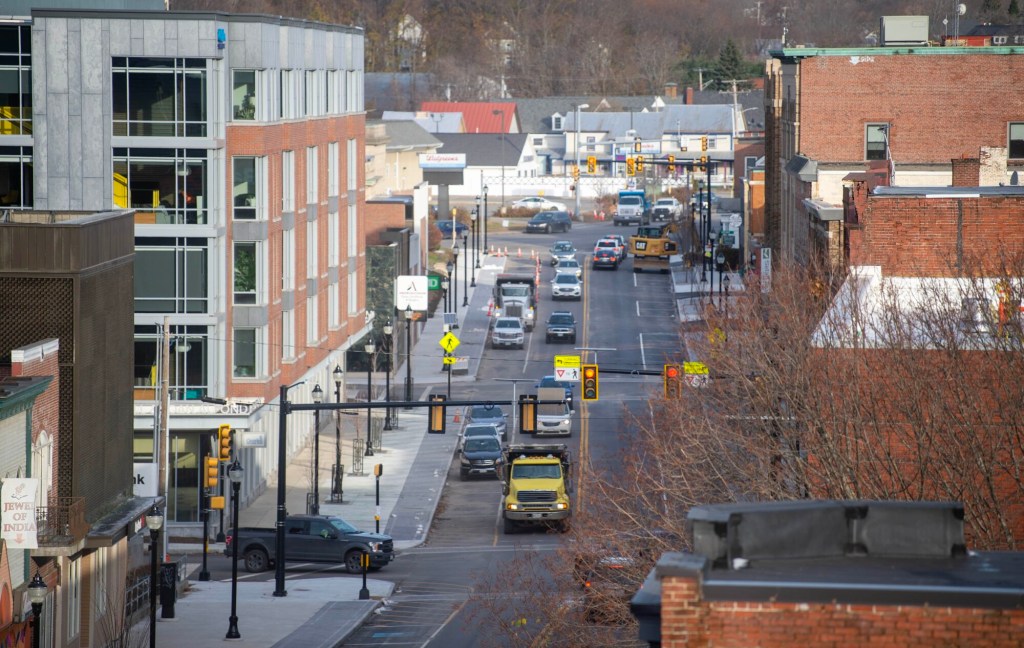
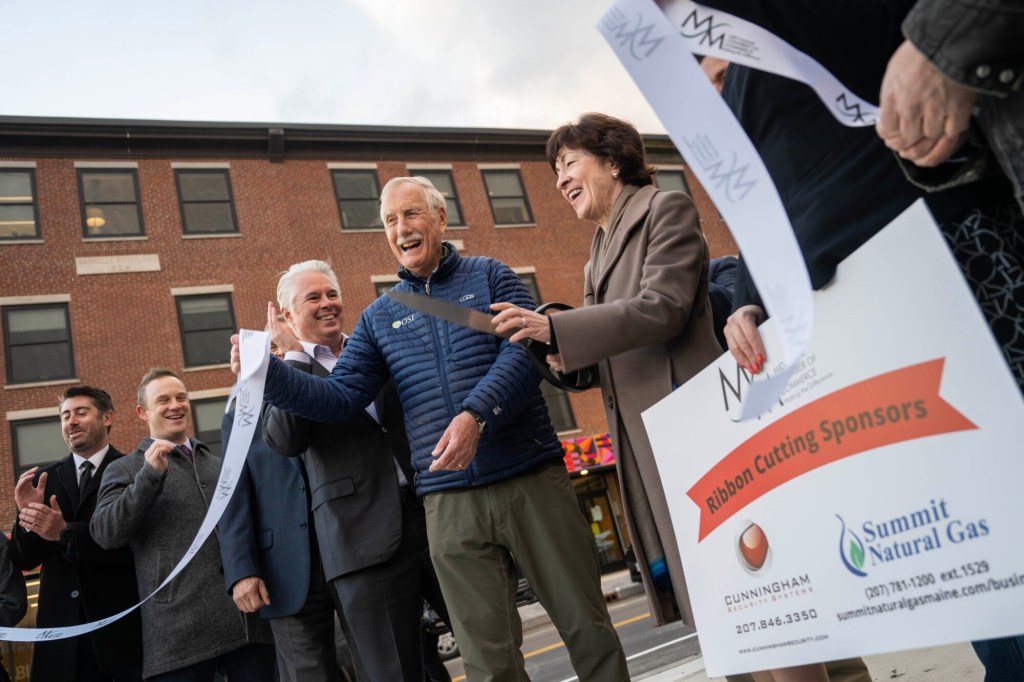
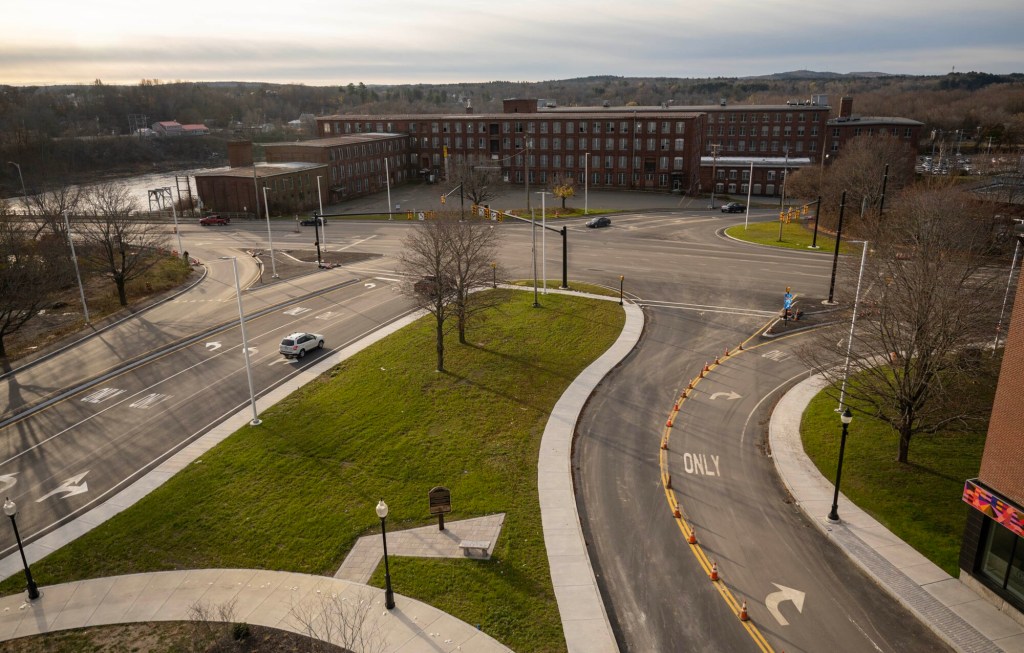
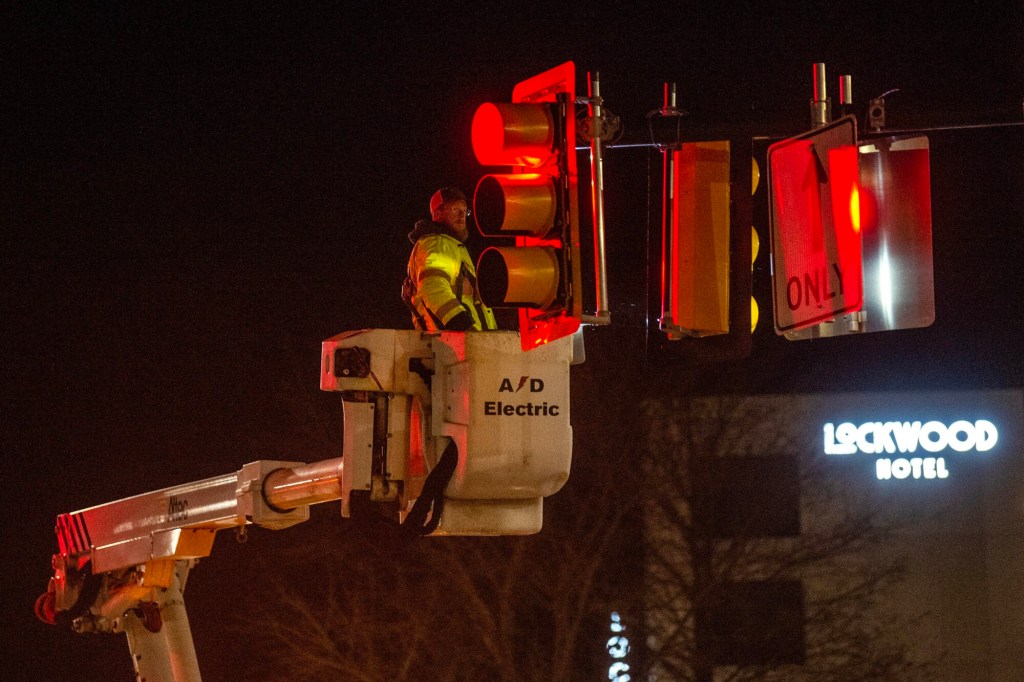
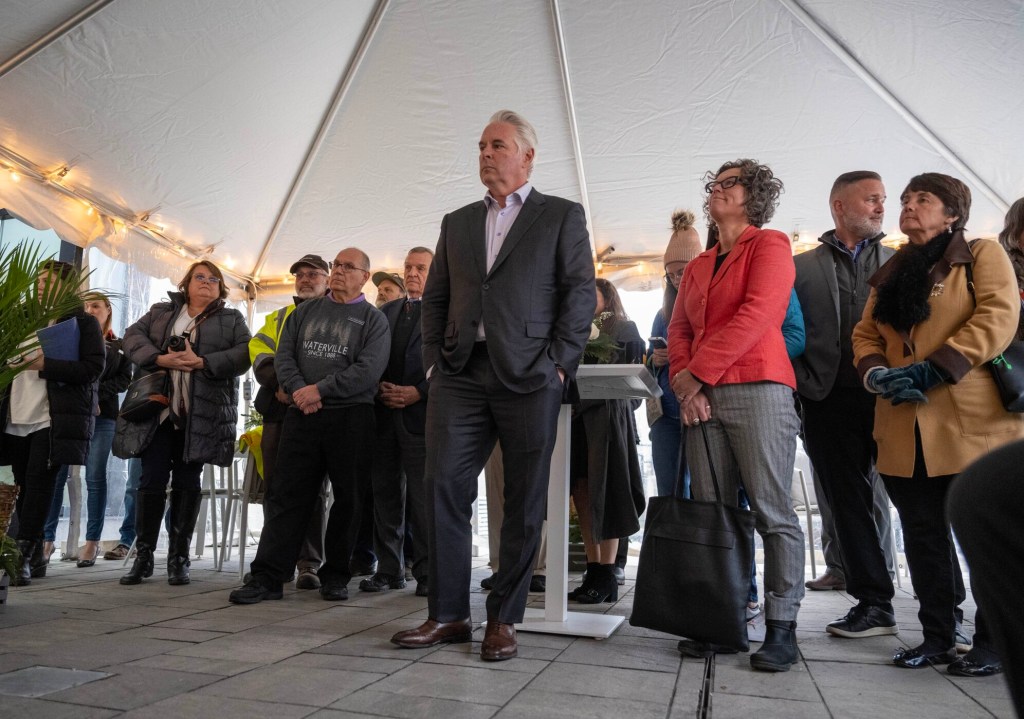
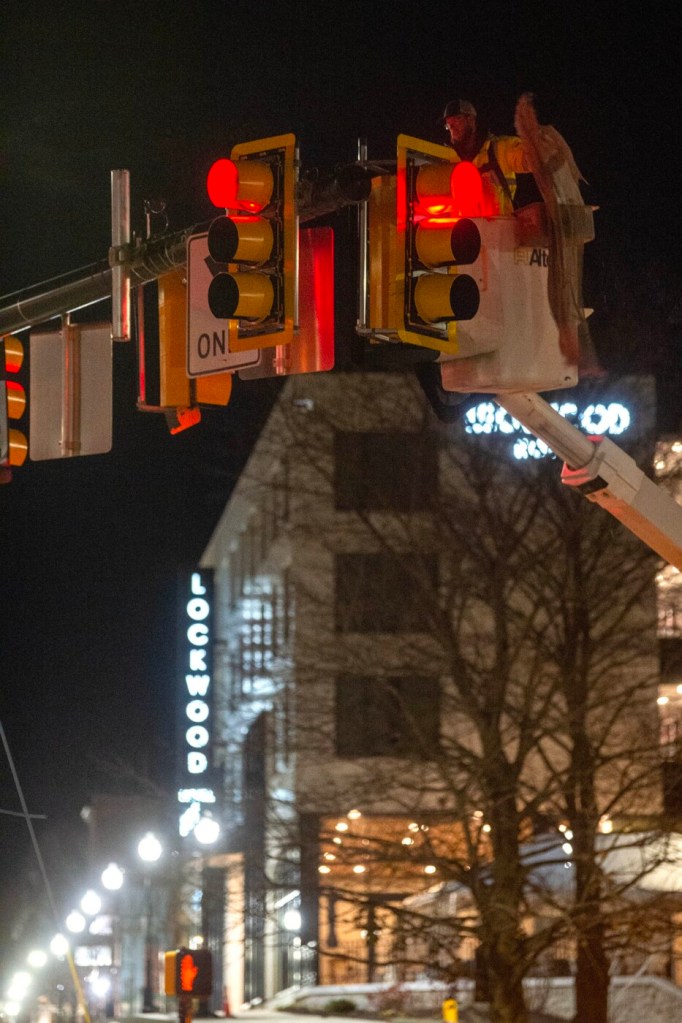
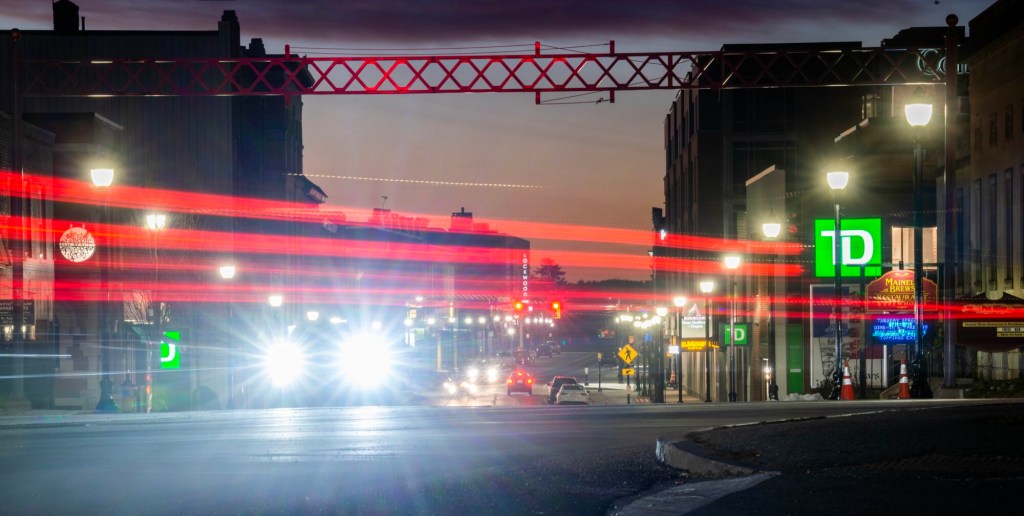

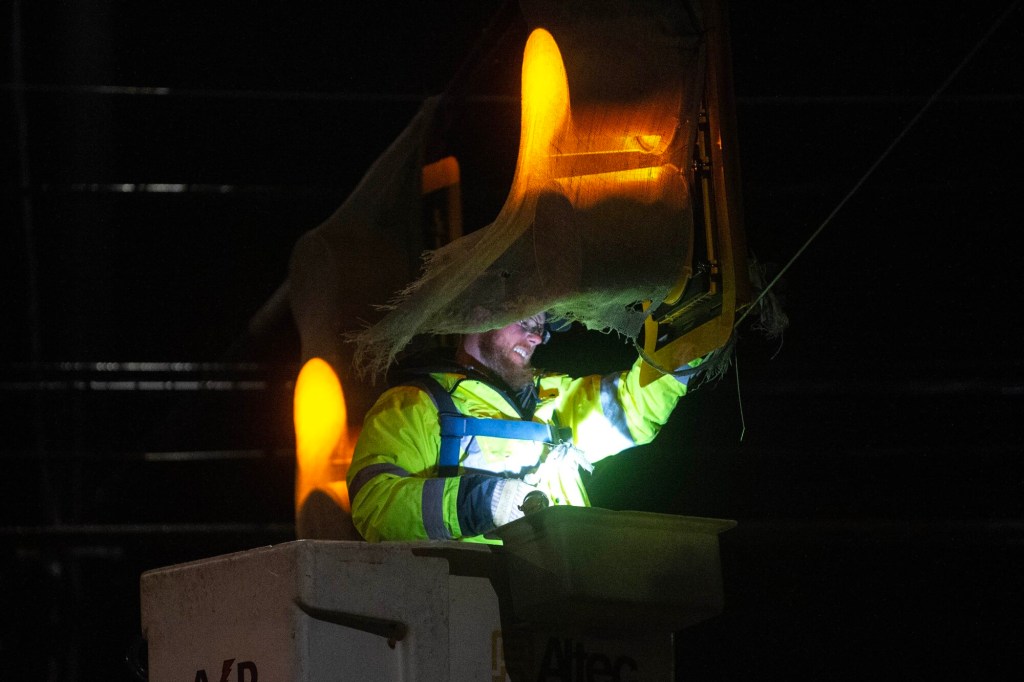
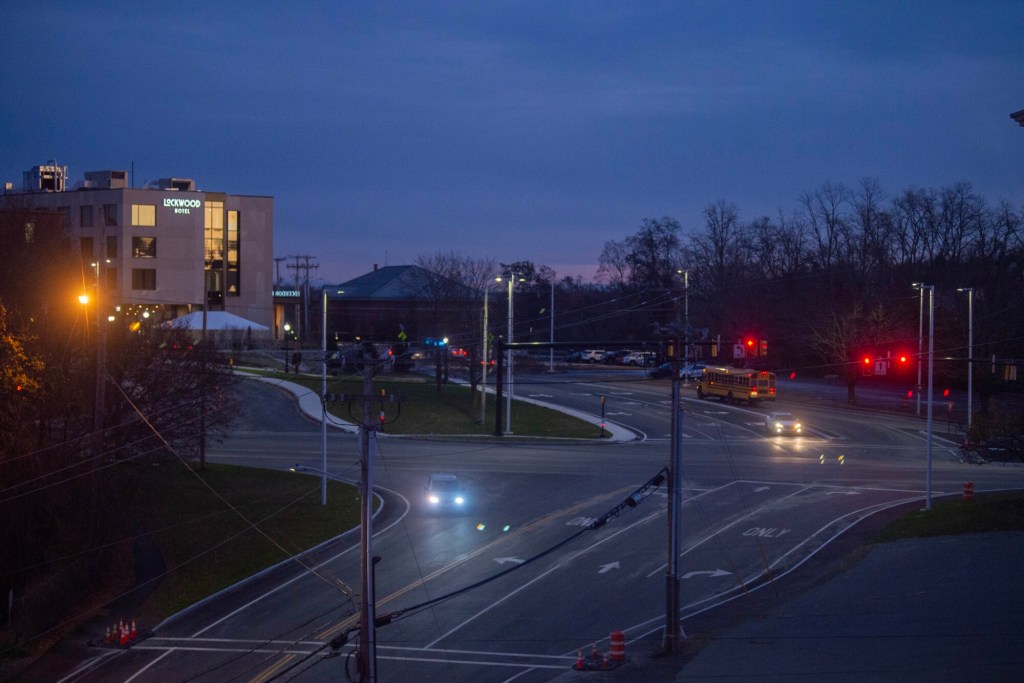
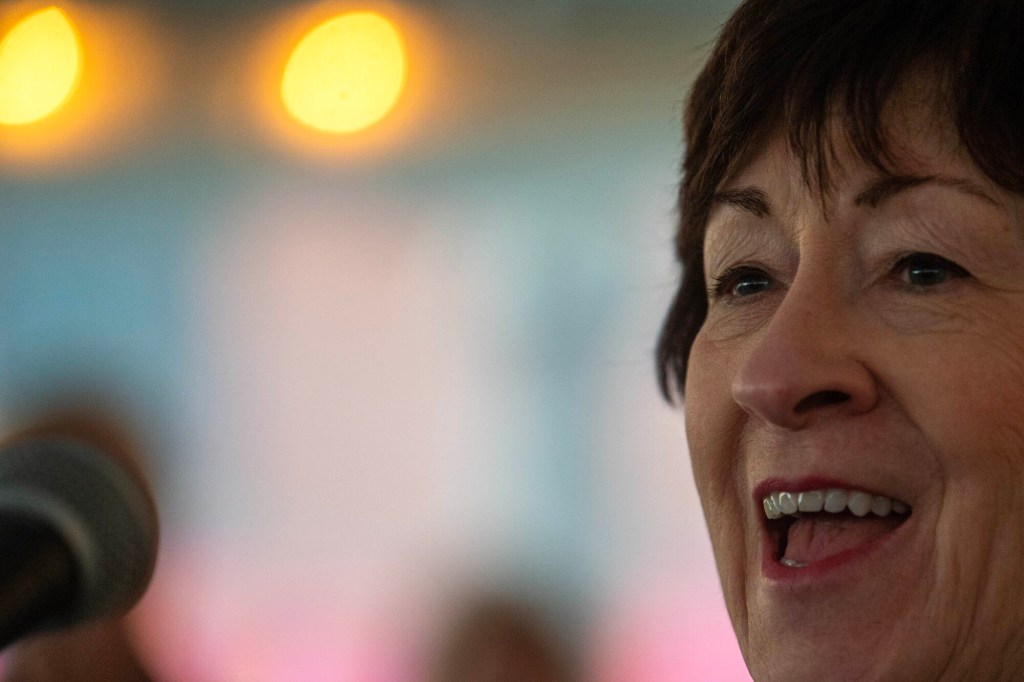
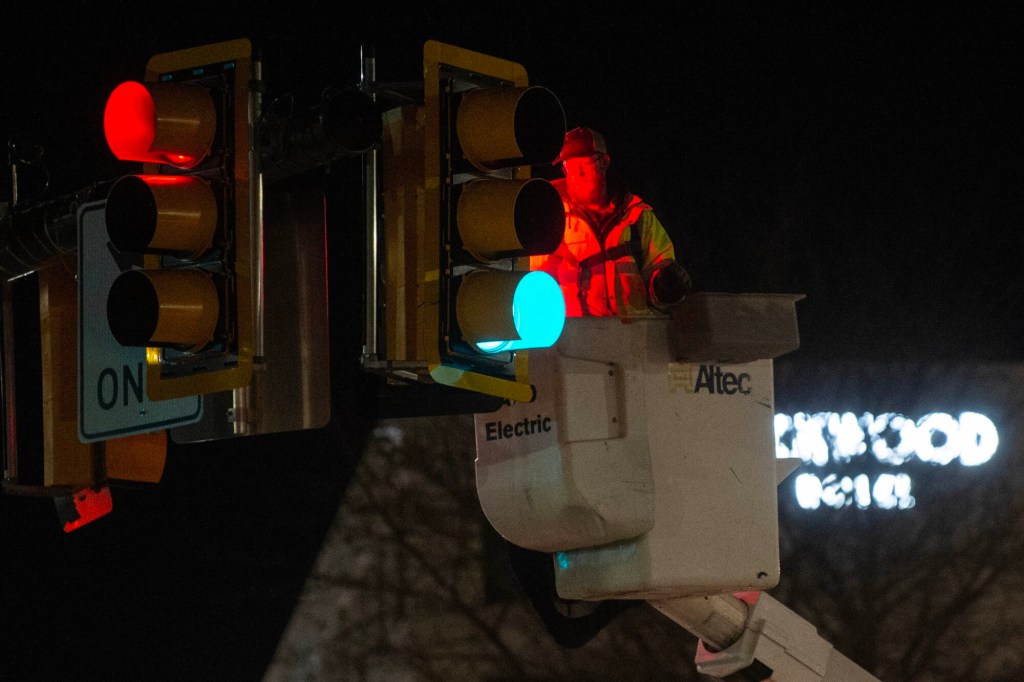
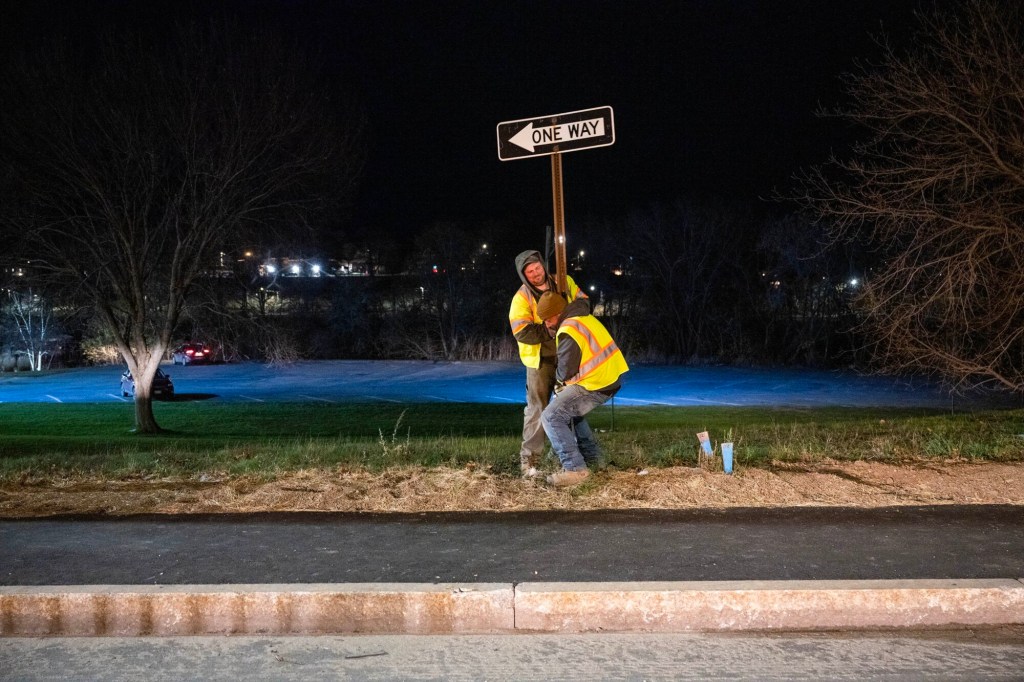
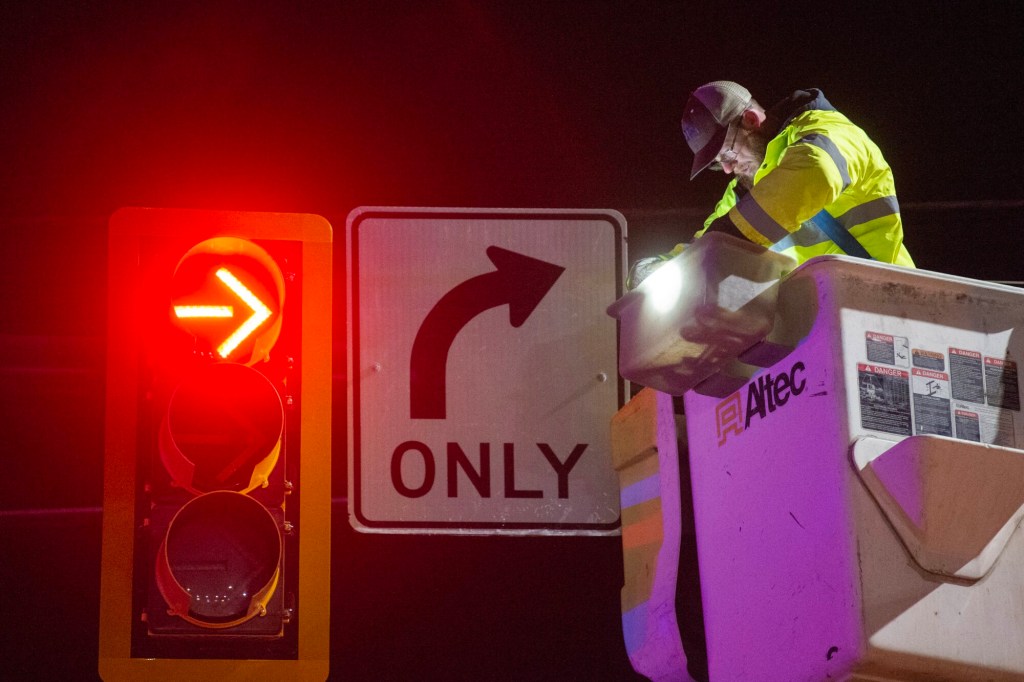
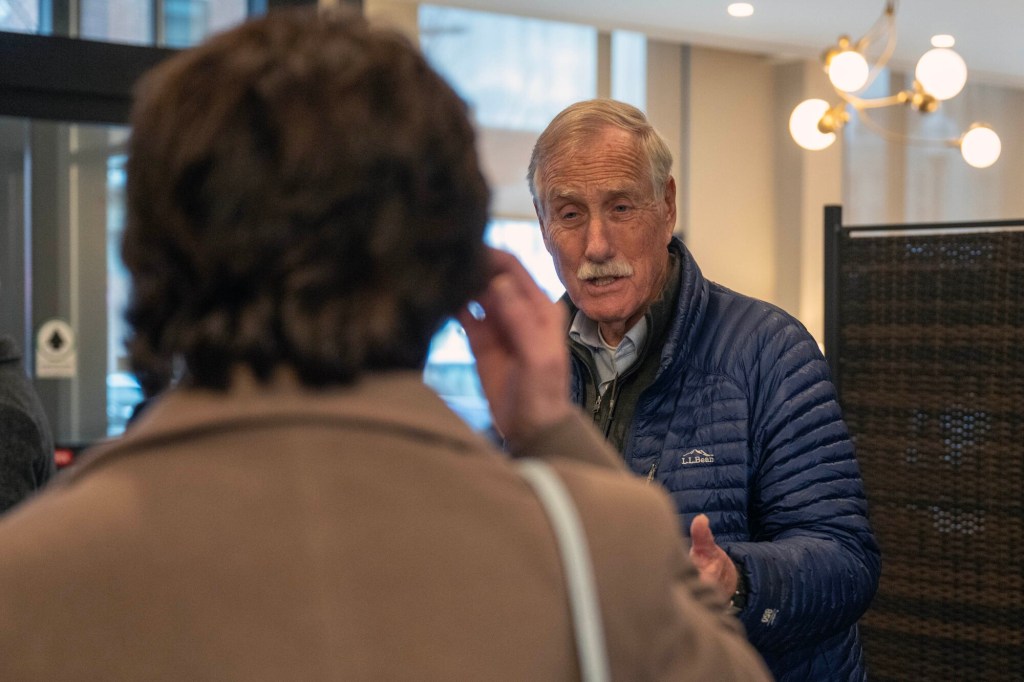
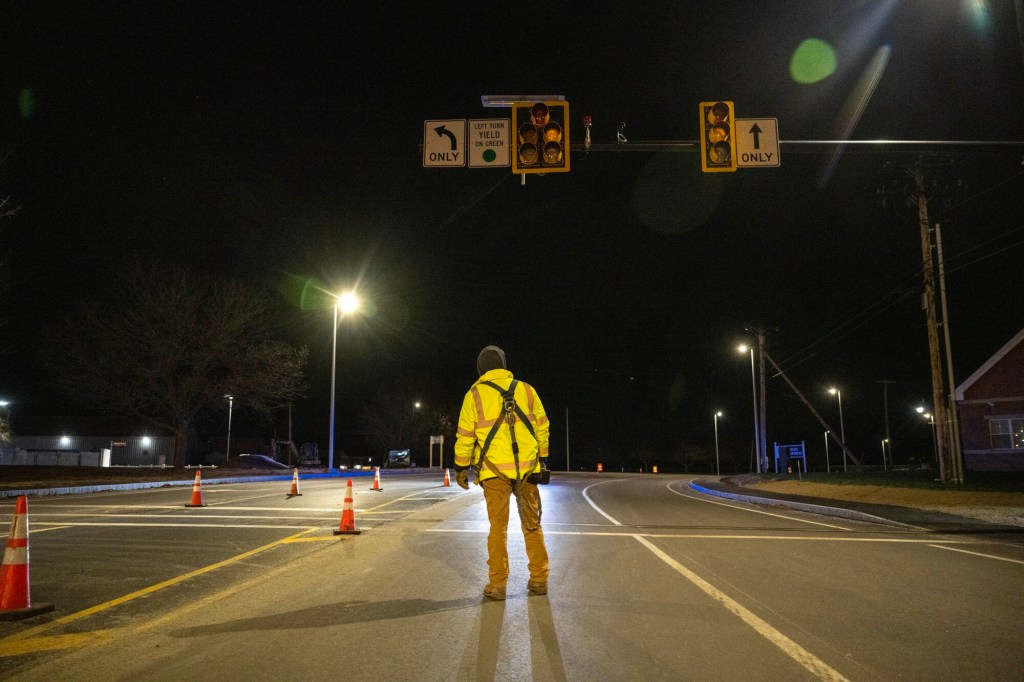

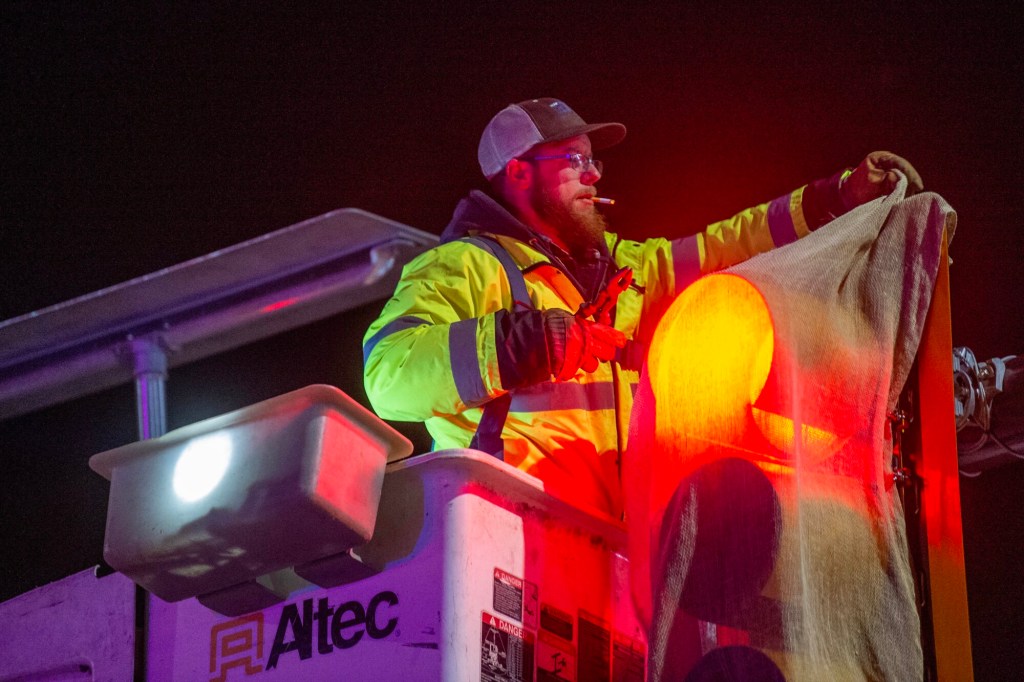
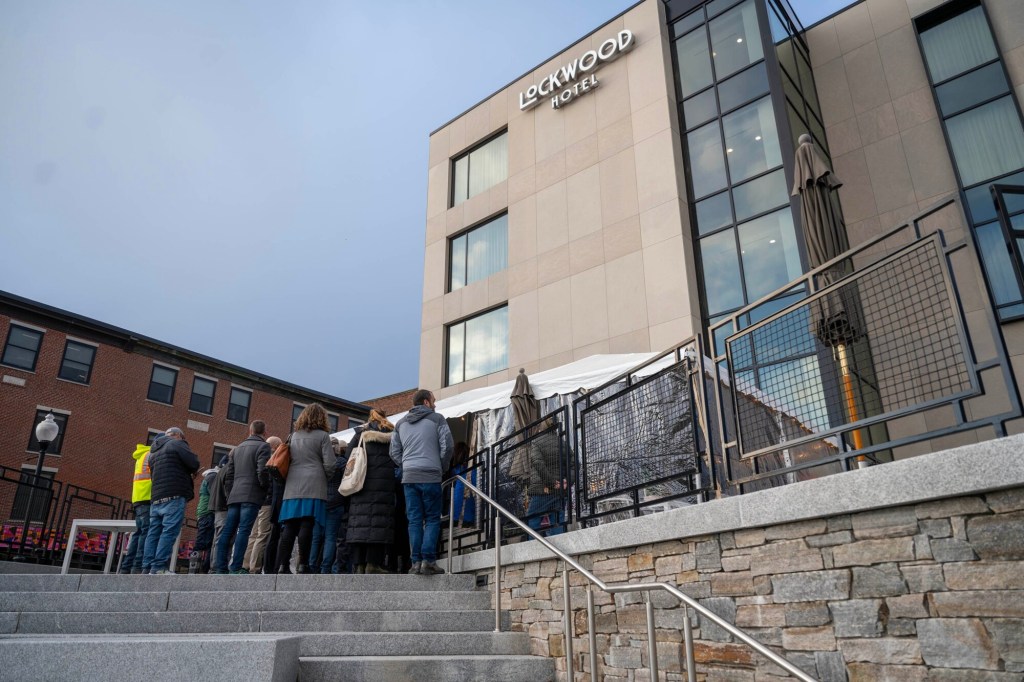

Comments are no longer available on this story